A corner in Hoi An ancient town ( Quang Nam province).
In particular, the system of museums in Hoi An is increasingly affirming its role as a bridge between the past and the present, between the community and tourists.
With innovations in display, interactive experiences and digital technology applications, the series of thematic museums in Hoi An not only contributes to promoting the local image but can also become a practical reference model for building a value chain closely linked between tangible and intangible heritage spaces.
Spatial connection, content thematization
In recent years, the heritage city of Hoi An has been regularly honored in many international polls. According to statistics in 2024, Hoi An city (formerly Quang Nam province) welcomed more than 4.4 million visitors, of which about 3.2 million were international visitors; in the first six months of 2025, Hoi An welcomed 2.8 million visitors, an increase of 17.4% over the same period.
From July 1, Hoi An city is divided into three wards: Hoi An, Hoi An Dong, Hoi An Tay and Tan Hiep commune of Da Nang city.
Along with festival activities, the development of a system of seven museums has contributed to creating a unique cultural attraction, including: Hoi An Museum (also known as Hoi An History-Culture Museum), Sa Huynh Culture Museum, Trade Ceramics Museum, Folklore Museum, Traditional Medicine Museum, Hoi An Local Products Museum, Hoi An Silk Museum. The museums are harmoniously arranged in the old town, mainly in ancient heritage houses, creating a continuous cultural map, convenient for tourists to visit on foot within a radius of 1-2 km.
According to cultural researcher Nguyen Chi Trung, former Director of the Hoi An Cultural Heritage Management and Preservation Center, artifacts are like “historical witnesses” that help the public gain a deeper understanding of architecture and life in each period. Thematic museums help visitors approach the system of antiquities in a visual and convincing way.
Each museum focuses on a specific aspect of Hoi An culture. For example: Sa Huynh Culture Museum displays archaeological artifacts from an indigenous culture of more than 2,000 years; Trade Ceramics Museum introduces ancient trade routes through ceramic artifacts from Japan, China, West Asia, etc.; Traditional Medicine Museum recreates indigenous knowledge through medicinal herbs, herbs, local products and folk remedies. At the end of 2024, Hoi An Local Products Museum will officially come into operation, contributing to completing the network of specialized museums, with more than 300 artifacts, ancient maps, and images of endemic products such as bird's nest, pepper, vegetables, fish sauce, cinnamon, tea, agarwood, etc.
The space here is closely connected with other museums and relic systems, forming a continuous exploration route rich in cultural depth.
In fact, since the early 90s of the last century, the Hoi An government and tourism industry have been interested in building a museum model associated with tourism. In particular, international museum professional principles (according to ICOM) have been applied early, from the stages of acquisition, preservation, research to propaganda and education.
In the context of strong digital transformation in the museum system across the country, Hoi An also focuses on training museum staff, especially in the capacity of applying technology, image processing, and communication. Thanks to that, the products introducing artifacts are increasingly professional, creating attractive experiences for the public of all ages and on many platforms.
Innovate approach and spread value
One of the factors that make museums in Hoi An attractive is the combination of static exhibitions and experiential activities. Many activities such as folk painting, pottery making, do paper stamping, tea making, traditional cake making, pulse taking, herbal foot baths, etc. are regularly organized, helping visitors to “touch” the heritage and “live” among the heritage.
On festivals such as Lunar New Year and Mid-Autumn Festival, museums coordinate to organize folk markets, instruct on making paper masks, decorating palm-leaf fans, folding lanterns... attracting many groups such as families with young children, foreign tourists, and teenagers.
The museum system also strongly supports research, education and promotion. Hoi An promotes the application of technology to bring museums closer to the public. Online exhibitions, livestreams, integrating QR codes on artifacts, organizing heritage promotion clip contests... are widely deployed.
Museums in collaboration with local education agencies regularly organize discovery and learning programs for groups of children aged 5-17. The most prominent program is the “We Explore Museums Together” program of Hoi An Museum, where children are divided into groups by age, participate in cultural topics, make handicrafts, participate in interactive games, etc.
Many local artisans, healers, and craftsmen become “storytellers” at museums, passing on folk knowledge to visitors and the younger generation. The connection between museums and daily life helps heritage not be separated from the community, but also becomes a source of pride.
The systematic approach and close association with the community have helped the Hoi An museum system contribute to diversifying tourism products, reducing pressure on crowded tourist attractions such as the Japanese Covered Bridge, assembly halls, and ancient houses.
In the coming time, thematic museums will continue to invest in technology, apply digital learning materials, and connect with nearby destinations such as craft villages, Cu Lao Cham biosphere reserve, Thanh Ha pottery village... to expand cultural-ecological tours, making museums an inseparable part of the journey to explore Hoi An.
MY HANH
Source: https://nhandan.vn/hoi-an-diem-sang-giu-gin-va-phat-huy-gia-tri-di-san-post894439.html



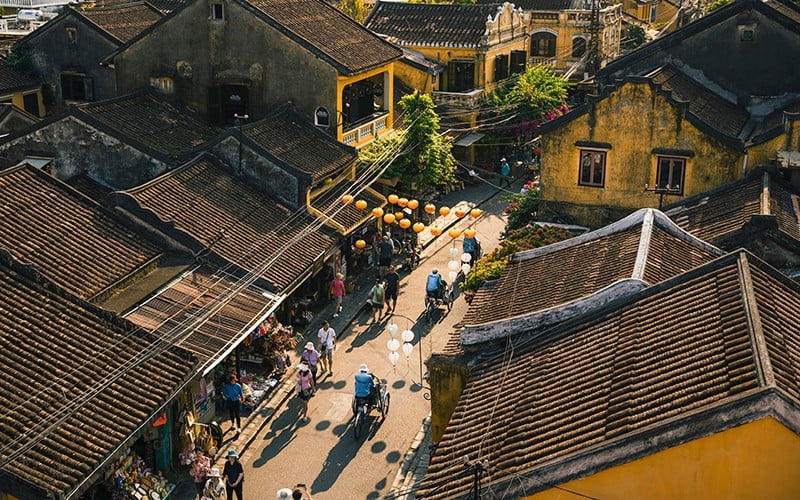
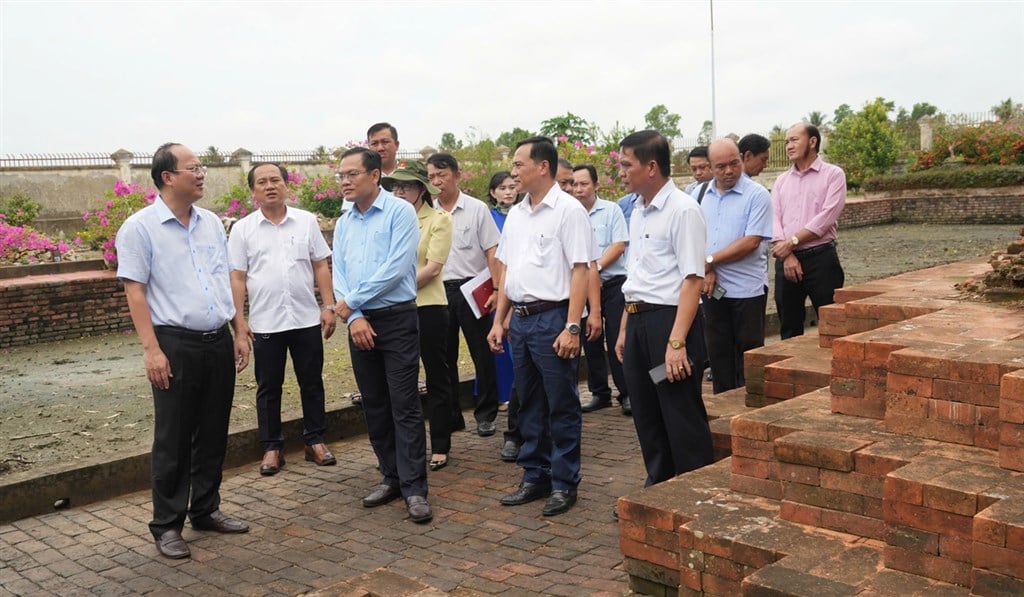


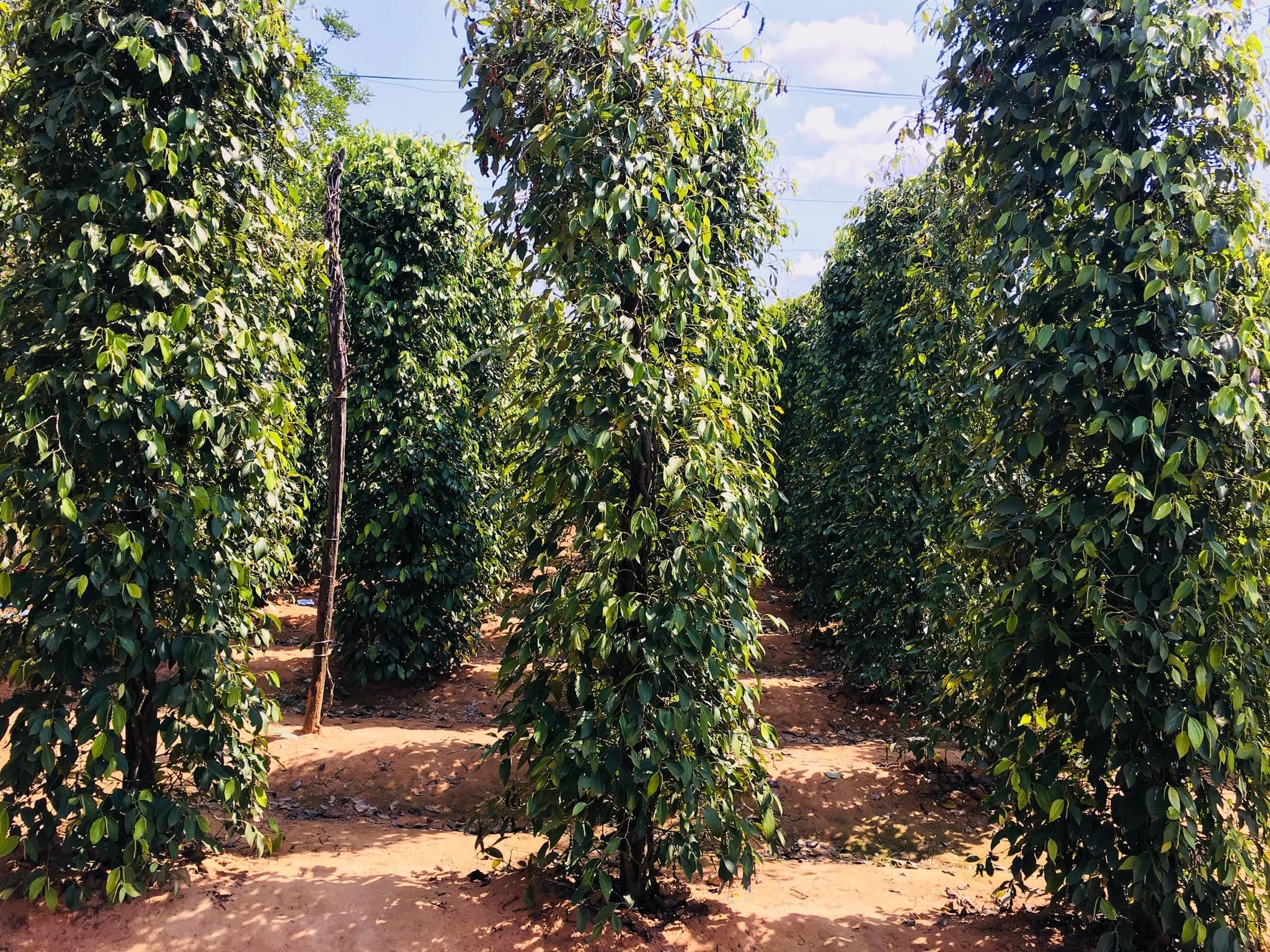

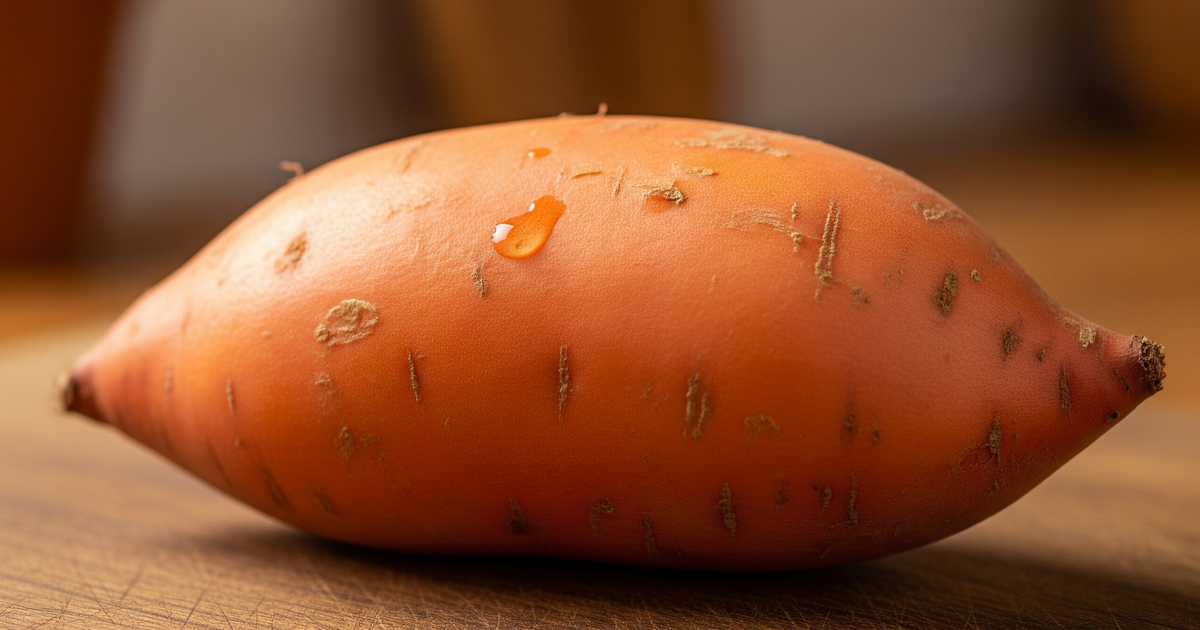

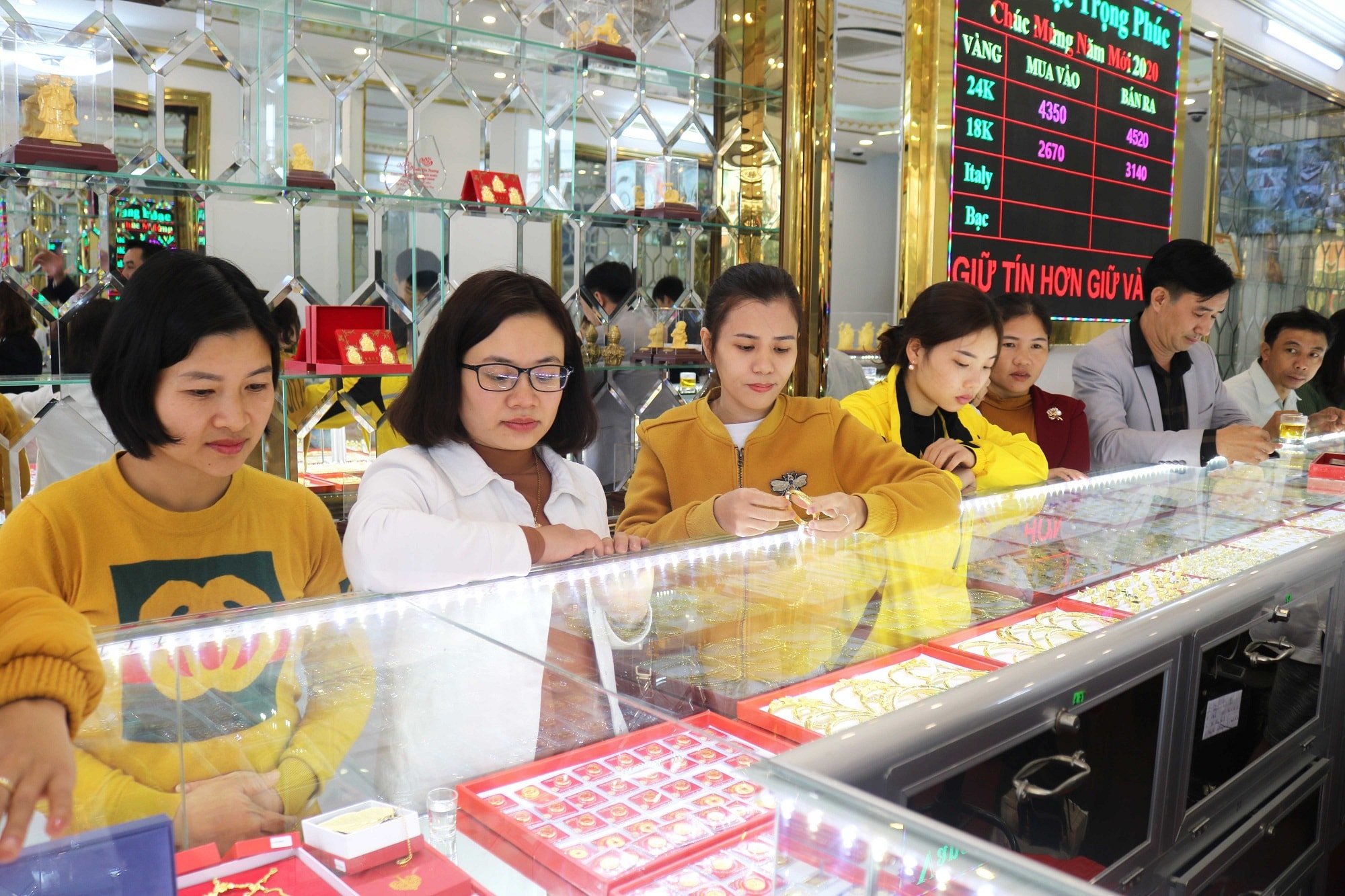


















![[Photo] An Phu intersection project connecting Ho Chi Minh City-Long Thanh-Dau Giay expressway behind schedule](https://vstatic.vietnam.vn/vietnam/resource/IMAGE/2025/8/21/1ad80e9dd8944150bb72e6c49ecc7e08)


































![[Photo] Politburo works with the Standing Committee of Hanoi Party Committee and Ho Chi Minh City Party Committee](https://vstatic.vietnam.vn/vietnam/resource/IMAGE/2025/8/21/4f3460337a6045e7847d50d38704355d)
































Comment (0)